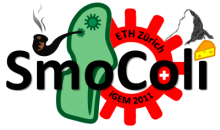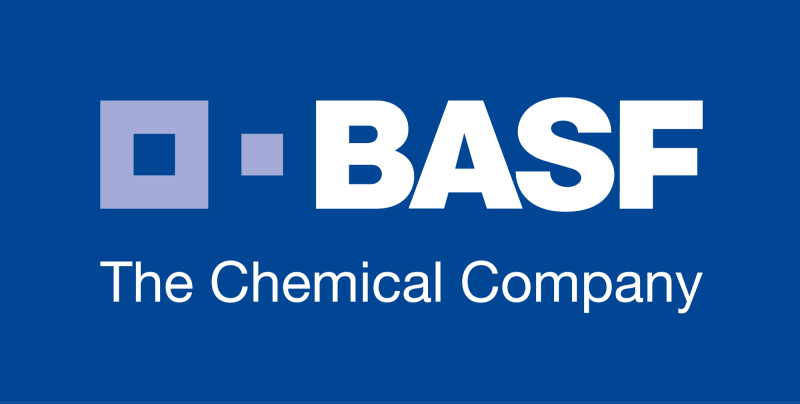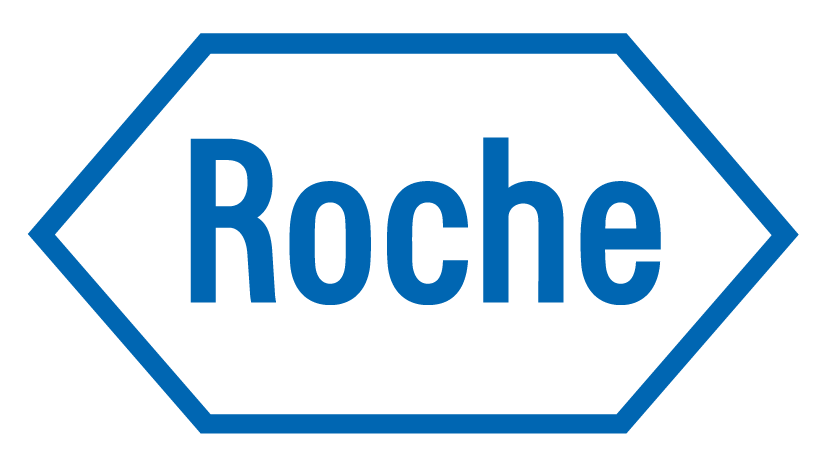Team:ETH Zurich/Biology/MolecularMechanism
From 2011.igem.org
(→Cloning strategy) |
|||
| Line 41: | Line 41: | ||
* In the end all the constructed parts were assembled on the corresponding vectors for the final SmoColi system. Some parts (especially ''lacI'' in an actively expressed form) appeared to be negatively selected by ''E.coli''. So we had to assemble the parts in a way that ''lacI'' was always repressed. | * In the end all the constructed parts were assembled on the corresponding vectors for the final SmoColi system. Some parts (especially ''lacI'' in an actively expressed form) appeared to be negatively selected by ''E.coli''. So we had to assemble the parts in a way that ''lacI'' was always repressed. | ||
| - | + | <br clear="all" /> | |
== Sources of genes and promoters == | == Sources of genes and promoters == | ||
[[File:ETH Plasmids.png|400px|right|thumb|'''Table 4: Promoters of SmoColi:''' source and final constructs of the different used promoters]] | [[File:ETH Plasmids.png|400px|right|thumb|'''Table 4: Promoters of SmoColi:''' source and final constructs of the different used promoters]] | ||
| Line 54: | Line 54: | ||
{{:Team:ETH Zurich/Templates/SectionEnd}} | {{:Team:ETH Zurich/Templates/SectionEnd}} | ||
{{:Team:ETH Zurich/Templates/SectionStart}} | {{:Team:ETH Zurich/Templates/SectionStart}} | ||
| + | |||
= Definition of ribosome binding sites = | = Definition of ribosome binding sites = | ||
[[File:Table RBS.png|400px|left|thumb|'''Table 5: Different ribosome binding sites and their estimated strengths''' which are included in our design. The strengths of the sequences were estimated with a RBS strength calculator [[#Ref7|[7]]]. In the last column it is listed in front of which genes a particular RBS was added.]] | [[File:Table RBS.png|400px|left|thumb|'''Table 5: Different ribosome binding sites and their estimated strengths''' which are included in our design. The strengths of the sequences were estimated with a RBS strength calculator [[#Ref7|[7]]]. In the last column it is listed in front of which genes a particular RBS was added.]] | ||
Revision as of 17:32, 25 October 2011
Genetic Design
In a System where so many regulator effect each other the level of the single regulators is a very important factor to get a running system. The expression rate was controlled by a multi plasmid operation where the genes were assembled on different plasmids with different copy numbers. Also we put a lot of effort in the design of the ribosome binding site. Below we provide a description of the plasmid design protocols, the strategy we used to clone the necessary parts and the method of choosing the ribosome binding sites
Plasmid design

For the biological implementation of the SmoColi system, we constructed a three-plasmid system with different antibiotic resistances. This setup was chosen in order to clone the whole SmoColi system into the same bacterial cells.
The vectors used in our setup are the parts pSB6A5, pSB3C5, pSB3K3 and pSB4K5. These plasmids contain different origins of replication, thus resulting in different copy numbers of the correlating plasmid in E.coli. pBR322, p15A and pSC101 origins are used as a stable three-plasmid system [3]. The copy number influences the amount of protein produced by the cell and plays a crucial role in our design, especially for the bandpass filter. Depending on the function of a particular protein in our system we had to evaluate on which plasmid the corresponding gene should be cloned.
In the xylene-responsive system we included an artificial degradation pathway (xylWCMABN) so that we could establish a xylene gradient. For this purpose the plasmid pCK04AxylR was added [1]. To avoid incompatibilities of plasmids we adapted the rest of our system and changed the composition of the genes on each vector compared to the AlcR system.
pSB6A5
The pSB6A5 plasmid we constructed by reducing the size of the antibotic (Ampicillin) and orign (pMB1) casette of pSB6A1 and introducing of Terminators around the multiple cloning site. PMB1 is a medium copy orign with about 15-20 copies per cell. For the characterization of pSB6A5 see experimental results
}}
Cloning strategy
General procedure
By cloning our parts we tried to follow the strategies proposed in the registry of standard biological parts [5] as much as possible . The general cloning scheme was performed as follows:
- If available, genes and promoters in SmoColi were obtained from the iGEM spring 2011 distribution kit. A codon-optimized version of alcR and Ptet-lacIM1 were synthesized. Palc- and PU-promoters were obtained by PCR.
- After isolation of the DNA, ribosome binding sites and prefix (5' gaattcgcggccgcttctagag 3') respectively suffix (5' tactagtagcggccgctgcag 3') were added to the gene by polymerase chain reaction. The PCR products were purified and afterwards digested with XbaI-PstI.
- Plasmid vectors containing the corresponding promoter were linearized by SpeI-PstI and the XbaI-PstI fragment containing the gene of interest was ligated into the backbone.
- In a next step we isolated a EcoRI-SpeI fragment with promoter, ribosome binding site and gene and inserted it into a EcoRI-XbaI cut vector containing a transcriptional terminator.
- In the end all the constructed parts were assembled on the corresponding vectors for the final SmoColi system. Some parts (especially lacI in an actively expressed form) appeared to be negatively selected by E.coli. So we had to assemble the parts in a way that lacI was always repressed.
Sources of genes and promoters
Cloning successes and problems
All parts of the system were successfully assembled by this strategy, except for lacI and cI under control of the Tet promoter. Whenever we were sequencing a clone of either of those constructs, we always found protein inactivating mutations within the primer annealing part - either being deletions of the Shine-Dalgarno sequence of the
RBS or frame shift mutations within the first bases of the coding regions. We first believed the problem to lie in the synthesis of the very long oligonucleotides, for adding the whole RBS and prefix in front of the genes. But also performing a whole plasmid PCR with short primers did not solve the problem and we still only got non-protein-generating sequences.
We believe this to be due to lethality of high overexpression levels of LacI or CI, leading to a selection for clones mutated in a way that lacI or cI is not expressed. Thus one always has to make sure to clone lacI or cI behind downregulated promoters, for example for Ptet you have to make sure that there is TetR present in the cell.
Definition of ribosome binding sites

Another important role in the synthesis of proteins is played by the ribosome binding site (RBS), the location where the ribosomes are bound to the mRNA at the initiation of the translation process. The ribosome binding sites which we included in our system were designed in several different ways:
- For the bandpass filter we implemented the ones which are also used for the plasmids in [2].
- For the other parts we either tried to use naturally ocuring ribosome binding sites or took specific ones from the Anderson library of ribosome binding sites [6].
The strength of all the ribosome binding sites used was estimated with a RBS calculator. Although the efficiency of protein synthesis is not directly proportional to the estimated values, they can still indicate whether a certain RBS is more or less strong. Below you can find a list of the different ribosome binding sites used, their estimated binding strengths and in front of which genes they were put.
References
[1] [http://aem.asm.org/cgi/content/abstract/64/2/748 Sven Panke, Juan M. Sánchez-Romero, and Víctor de Lorenzo: Engineering of Quasi-Natural Pseudomonas putida Strains for Toluene Metabolism through an ortho-Cleavage Degradation Pathway, Appl Environ Microbiol, February 1998, 64: 748-751]
[2] [http://www.nature.com/nature/journal/v434/n7037/full/nature03461.html Subhayu Basu, Yoram Gerchman1, Cynthia H. Collins, Frances H. Arnold & Ron Weiss: A synthetic multicellular system for programmed pattern formation, Nature, 2005, 434: 1130-11342]
[3] [http://www.springerlink.com/content/3fj1xxl9p42kx8l5/ Karl Friehs: Plasmid Copy Number and Plasmid Stability, Advances in Biochemical Engineering/Biotechnology, 2004, 86: 22-192]
[4] [http://openwetware.org/wiki/Arking:JCAOligoTutorial8 OpenWetWare Arking: JCAOligoTutorial8, 0 Jul 2008, 04:32 UTC. 21 Sep 2011, 01:32]
[5] [http://partsregistry.org/Help:Contents Registry of Standard Biological Parts Help:contents 21 Sep 2011, 02:59]
[6] [http://partsregistry.org/Ribosome_Binding_Sites/Prokaryotic/Constitutive/Anderson J. Christopher Anderson Ribosome Binding Sites/Prokaryotic/Constitutive/Community Collection Registry of Standard Biological Parts, 21 Sep 2011, 08:49]
 "
"









